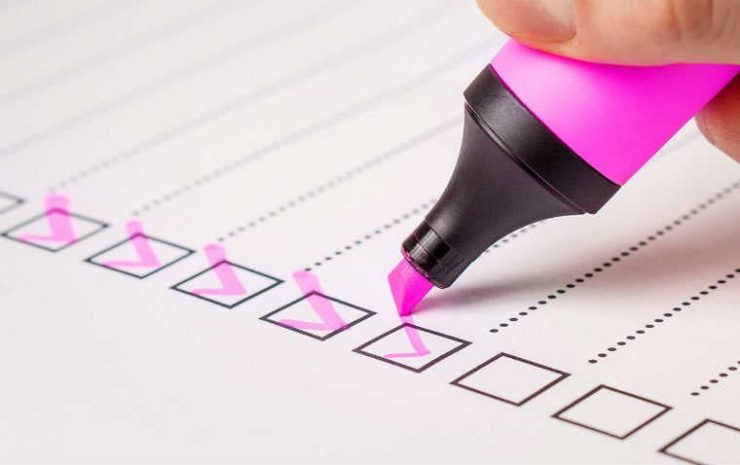Tax time is always upon us.
This is certainly true for those sole proprietors and owners of small businesses who have to submit sales tax receipts monthly throughout the year.
It’s also true for the average employed individual who needs to keep a variety of receipts to be used if they are going to itemize their deductions. It’s true that not a lot of Americans itemized their deductions in the past – just 30% – and that number is going to go down in the future thanks to the increase in standard deductions.
In 2017, single people could take a standard deduction of $6.350, and married couples who filed jointly could take a standard deduction of $12,700. The standard deduction for the Head of a Household was $9,350. Starting in 2018, the standard deduction is $12,000, $24,000 and $18,000 respectively.
Americans who itemize receive a benefit from the SALT (state and local tax) deduction. In those states with state income tax, home owners used to be able to deduct the amount they paid in state income tax, and the property taxes they paid, from their federal income tax, no matter how much that deduction was. Now, this deduction has been capped at $10,000.
Because of the changes in the tax code starting with 2018 taxes, it’s a good idea to seek the aid of a tax professional. This is certainly the case if you own a small business, but the general populace will benefit from their expertise as well.
What you need to prepare your taxes
1.Copies of all W-2s.
2. 1099 forms (for contractors)
3. Business income paperwork
4. Social security benefits (you will receive form SSA-1099)
5. Miscellaneous income, such as for gambling winnings or prizes (Form 1099-MISC) and distributions from medical savings accounts (1099-MSA).
6. Investment income documentation (dividends, interest, proceeds from the sales of stocks or bonds, and income from foreign investments)
7. Your state tax return, if you live in a state that has income taxes. You must treat our local and state tax refunds as income on your federal taxes
8. Unemployment income if any (located on a 1099 G, “certain government payments” form)
9. Rental property income documentation
All the paperwork that you are owed from employers or government entities should arrive by February 2 of the year after the tax year for which you must report.
Refer to all your receipts or other documentation – which you have safely filed away – as needed.
Keep a file of all tax receipts
If you run a small business, it’s essential that you keep all receipts and other business documentation in one place.
To be organized, invest in a two- or four-drawer filing cabinet and for each year, have a folder for each month. Place receipts, bank statements and payroll records in the appropriate folder as soon as possible.
This is a much better idea than stuffing receipts and other paperwork willy-nilly into an 8 X 11 envelope which you’ll have to sort through at the end of the year.
For those into technology, there are apps that allow you to scan your receipts and save them as digital images.
Documents you need to save for your taxes
Whether you save or print your electronic copies, here are the documents you should save for at least five years – not only for tax purposes but also for general business purposes:
- Bank deposit slips
- Bank statements
- Canceled checks, or printouts of the transferal of electronic funds if you no longer use checks
- Cash register tapes
- Credit card receipts
- Payroll records
- Petty cash slips
- Previous tax returns
- Receipts
- Tax filings
- W2 and 1099 forms
- Invoices (and proof that you paid them)
Even if you won’t be itemizing, it’s good to keep receipts for business-related transportation (buying gas), meals and lodging. The rule of thumb is that if the receipt is under $75 you won’t need the receipt as proof, but if you’re undergoing an audit you will feel a lot more comfortable having that documentation easily available.
By keeping track of all possible documentation throughout the year, you will make preparing your taxes much easier for yourself or for your tax preparer, which will result in you receiving your tax refund in a timely manner – or if it’s necessary for you to pay in, ensuring that that payment isn’t late.




